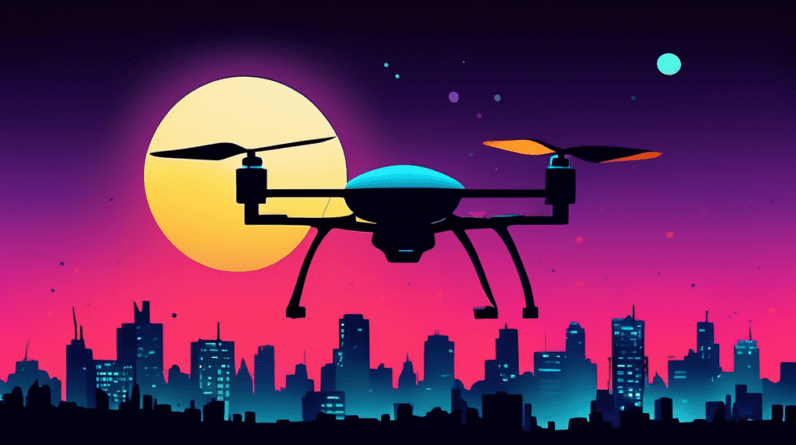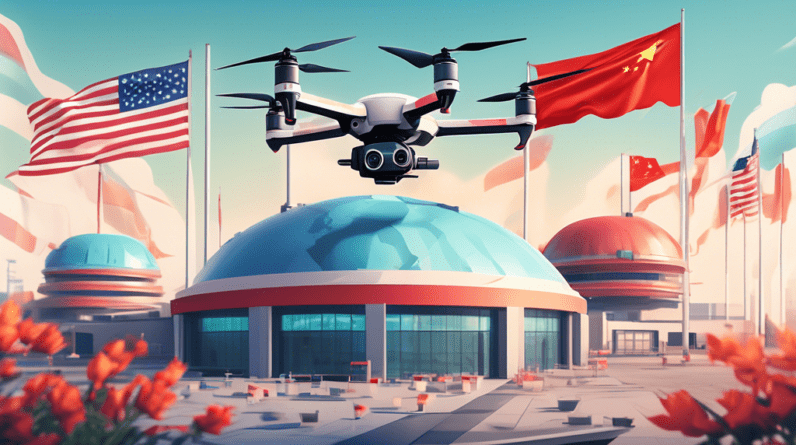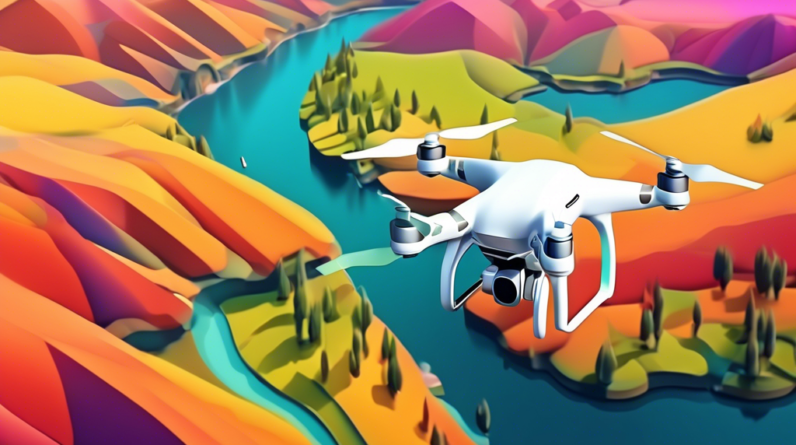How Big Are Military Drones?
Military drones, also known as Unmanned Aerial Vehicles (UAVs), come in a wide range of sizes, each tailored to specific missions and capabilities. From small, hand-launched models to large, high-altitude aircraft, the size of a military drone directly impacts its function, range, and payload capacity.
Micro and Miniature Drones: The Tiny Titans of Surveillance
At the smallest end of the spectrum, we have micro and miniature drones, often used for close-range surveillance and reconnaissance. These drones can be as small as a few inches in length, with some even resembling small birds or insects. Their compact size allows them to navigate tight spaces, making them ideal for urban operations or indoor exploration.
Examples of micro drones include the Black Hornet Nano, used by several militaries for its exceptional portability and stealth capabilities. These drones are typically hand-launched and can provide real-time video feeds to operators on the ground.
Small Tactical Drones: The Workhorses of Modern Warfare
Moving up in size, we encounter small tactical drones, a category encompassing a variety of platforms with diverse capabilities. These drones range from a few feet to several meters in wingspan and are designed for tasks such as battlefield reconnaissance, target acquisition, and light payload delivery.
The RQ-7 Shadow and RQ-11 Raven are well-known examples of small tactical drones, widely employed by the US military and its allies. These drones offer extended flight times and can carry payloads such as electro-optical/infrared (EO/IR) cameras and laser designators.
Medium-Altitude, Long-Endurance (MALE) Drones: The Eyes in the Sky
MALE drones represent a significant step up in size and capability. These aircraft boast impressive endurance, often exceeding 24 hours of continuous flight, and operate at medium altitudes, typically between 10,000 and 30,000 feet. Their primary functions include intelligence gathering, surveillance, and reconnaissance over large areas.
The MQ-9 Reaper and MQ-1 Predator are iconic examples of MALE drones, renowned for their versatility and effectiveness in various military operations. These drones can carry a range of payloads, including Hellfire missiles, laser-guided bombs, and advanced sensor systems.
High-Altitude, Long-Endurance (HALE) Drones: Reaching for the Stratosphere
HALE drones represent the pinnacle of unmanned aerial systems, operating at altitudes exceeding 60,000 feet and remaining airborne for days at a time. These drones are designed for strategic missions, providing persistent surveillance over vast areas and acting as communication relays.
The RQ-4 Global Hawk is a prime example of a HALE drone, capable of covering immense distances and carrying sophisticated sensor suites for intelligence gathering. Its high-altitude capability allows it to operate above most weather disturbances and air defense systems.
Beyond Size: The Evolution of Military Drones
While size plays a crucial role in determining a drone’s capabilities, other factors contribute to their effectiveness and versatility. Advancements in materials science, propulsion systems, and autonomous flight control are constantly pushing the boundaries of drone technology.
Future military drones are expected to exhibit even greater autonomy, allowing them to perform complex missions with minimal human intervention. Additionally, swarm technology, where multiple drones cooperate as a single unit, holds significant potential for overwhelming adversary defenses and conducting coordinated attacks.
The Impact of Drone Size on Military Operations
The varying sizes of military drones offer commanders a wide array of options, enabling them to tailor their aerial assets to specific mission requirements. Smaller drones provide agility and covertness, ideal for close-quarters operations, while larger platforms offer extended range, endurance, and the ability to carry heavier payloads.
The continued development and deployment of military drones of all sizes have revolutionized modern warfare, providing unparalleled reconnaissance capabilities, precision strike options, and a reduced risk to human pilots.






